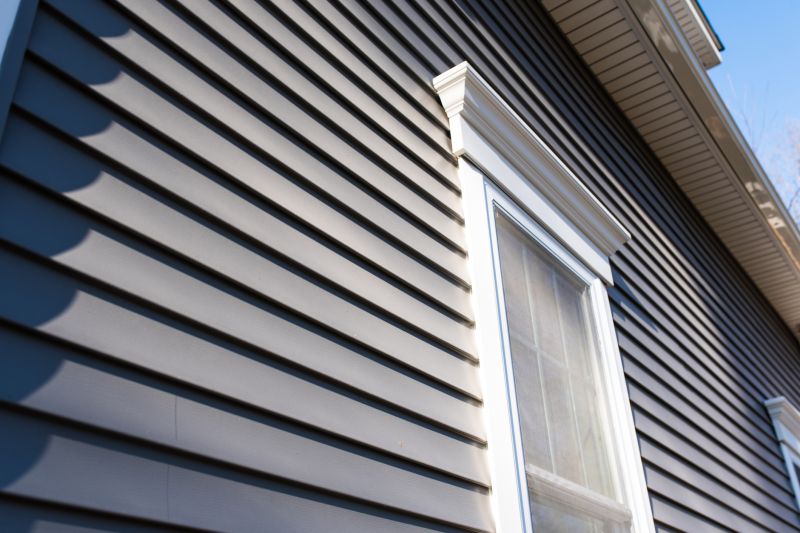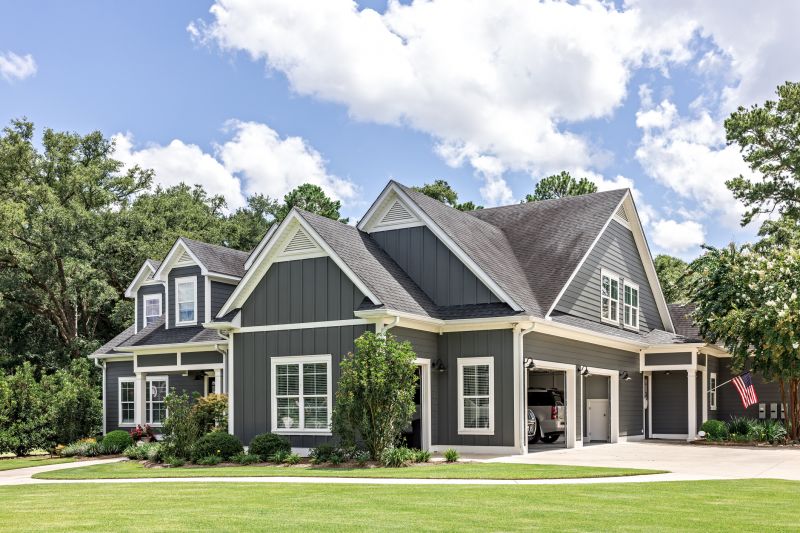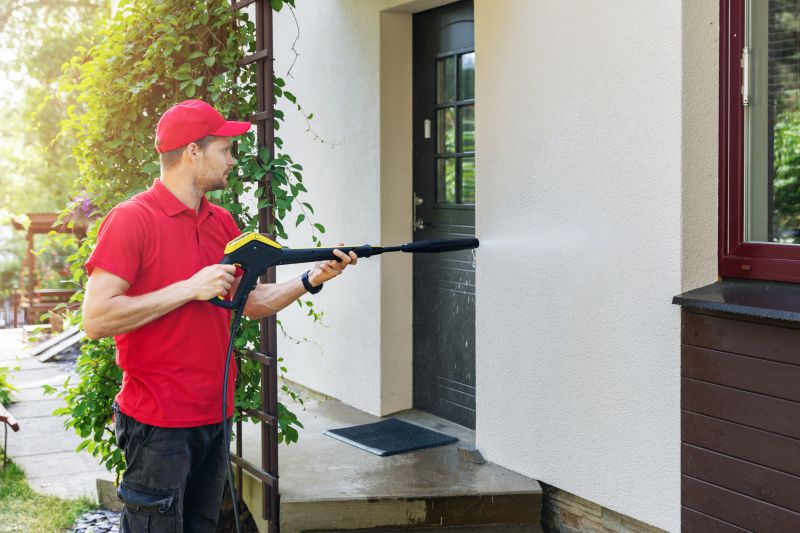Optimal Timing for Siding Service
Understanding the optimal timing for siding service can ensure the durability and quality of the installation or repairs. Weather conditions, temperature, and humidity levels significantly influence the effectiveness of siding work.
Spring offers moderate temperatures and lower humidity, making it ideal for siding installation and repairs.
Warm weather can accelerate drying times, but high temperatures may cause siding materials to expand or warp if not properly managed.
Fall provides cool, stable weather conditions, reducing the risk of weather-related delays.
Cold temperatures and snow can hinder siding work, potentially leading to delays or issues with material adhesion.

Ways to make Siding Service work in tight or awkward layouts.

Popular materials for Siding Service and why they hold up over time.

Simple add-ons that improve Siding Service without blowing the budget.

High-end options that actually feel worth it for Siding Service.
| Season | Optimal for Siding Service |
|---|---|
| Spring | Yes |
| Summer | Conditional |
| Fall | Yes |
| Winter | No |

Finishes and colors that play nicely with Siding Service.

Little measurements that prevent headaches on Siding Service day.

A 60-second routine that keeps Siding Service looking new.

A frequent mistake in Siding Service and how to dodge it.
For those interested in scheduling siding service, it is recommended to contact professionals during the spring or fall when weather conditions are most favorable. Proper planning and timing can lead to more efficient project completion and better long-term results.



